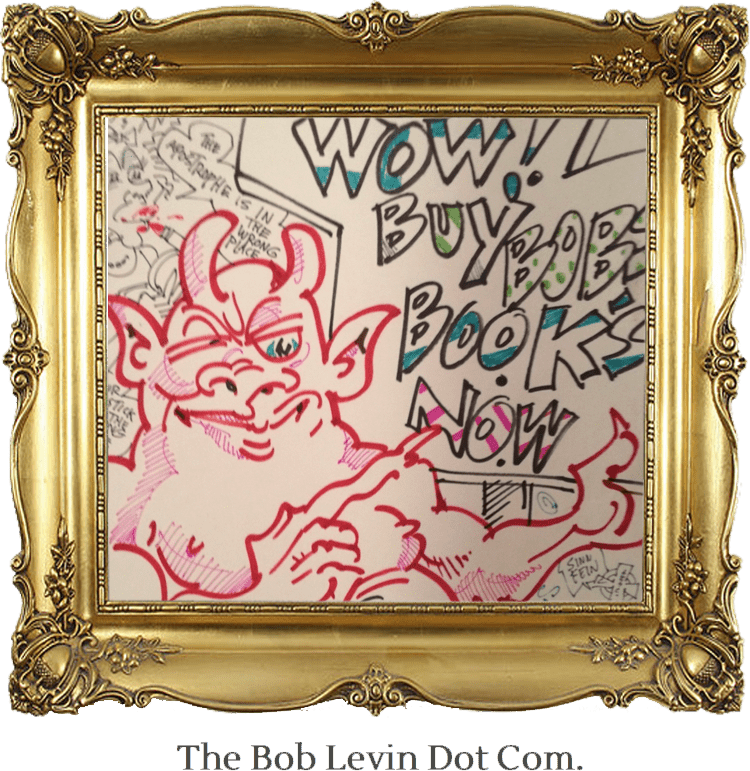Vincent Salandria, with much enthusiasm but little specificity, said, “(M)any eyewitnesses, including skilled observers such as police officers and… Secret Service Agents… heard shots coming from… saw smoke emanating from… saw a man fleeing from… and smelled gunpowder in the grassy knoll area….” Salandria named none of these witnesses, though it is nice of him to show faith in the police and Secret Service, since both are agencies he elsewhere named as part of the conspiracy and/or its cover-up.
The knoll was to Kennedy’s right front. Among the other authors under consideration, David Talbot identifies the presidential aide Kenneth O’Donnell as someone who “distinctly heard at least two shots from the grassy knoll.” And James Douglass identifies a police officer who smelled gunpowder atop the knoll; Gordon Arnold, a 22-year-old soldier, who heard two shots fly over him while he lay on the grass; and Ed Hoffman, a 27-year-old deaf mute, observed a puff a smoke arise from what he realized was a rifle shot. He further observed the shooter toss the rifle to another man, who broke it down and stuffed it into a brown tool bag. The two men then walked off and lost themselves in the crowd.
Douglass is candid enough to say that it took Arnold 15 years to tell his story to a Dallas newspaperman. He omits saying that when he told it again for a TV documentary a decade later, Arnold had changed it significantly. Douglass also does not say that in film and photos of the area where Arnold says he was, he is not visible. As for Hoffman, he gave two contradictory accounts, neither mentioning the puff of smoke or the rifle – but saying the men were running from the book depository – to the FBI two days after the shooting. Ten years elapsed before he re-surfaced, adding these details and placing the men on the knoll. (Others have said no one exited from the knoll in the direction Hoffman said, and that it was jammed with traffic, bumper-to-bumper, making such an escape route unlikely. And, Buglosi explains in great detail that a modern rifle would discharge such a small amount of smoke when firing that it would be almost impossible to detect, particularly on a bright clear day like November 22, when it would blend with its background. If Hoffman saw anything, it was probably motorcycle exhaust.)
So, at best, Salandria’s “many… skilled observers” become one smeller of gunpowder, two hearers of two shots, and one spotter of smoke (and observer of but one shot). To put this in perspective, there were 4-500 people in Dealey Plaza. No one but Hoffman reported seeing anyone with a rifle in the area of the knoll. No rifle or bullet casings were recovered from there. Reverberations from the buildings in the area – not to mention hysteria and confusion – made it difficult to identify where the shots were coming from, but films of the motorcade show the Secret Servicemen immediately looking behind them when the shots are fired. Averaging two polls of people present that were taken subsequently, 35 thought the shots came from the depository; 30 thought they came from the knoll: two thought they came from both (significant, since we know shots came from the depository); 13 said someplace else; and 100 didn’t know. We have three surveys on the number of shots to consider. On overage 75% of the people heard three shots; 3.6% heard four shots; and about 10% heard two shots. So to believe there was a shooter on the knoll, since we know three shots were fired from the depository, one must believe the 3.6% and disbelieve the 86%
